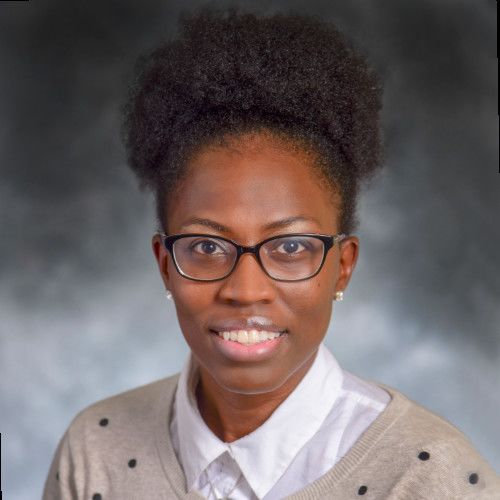Sharing the Journey
Insights from Cross-State Learning

The Approach
Dedicated Time to Focus, Learn, Share & Plan
As part of the Collaborative, the GTL Center provides in-person and virtual opportunities for facilitated peer-to-peer consultancies, focused team time, presentations from content experts, and review of peer resources.
“If it weren’t for this process, [we would not have] taken the time to look at what we are doing and what we can do. It gives us a moment to pause and reflect on the work that we want to do to achieve the goals that we are setting…In our day-to-day, it’s always busy and these opportunities give us that time to take a step back...and focus on the work."


Example GIS Map interface from Hawai'i
Example GIS Map interface from Hawai'i
Actionable, Innovative Data Analysis
The GTL Center's Collaborative uses Geographic Information System (GIS) mapping to measure, analyze, and visualize existing educator workforce data, including diversity gaps, across the educator career continuum and at the state, district, school, and Educator Preparation Program (EPP) levels.
Collaborative State Teams work with the GTL Center experts and coaches to gather relevant data and then analyze the resulting GIS maps. This step helps states make sense of the data they already have available while also providing an evidence-based foundation for identifying patterns and disaggregating data to explore specific student and teacher populations.
"What I found most helpful about the Collaborative was (1) the support for turning our State's masses of data on employees and licensed educators into useable, interactive maps that are full of potential for exploration by many different audiences, and (2) the conversations that we were able to have supported by those maps...it's going to be important in policy going forward."
Customized, Tailored Coaching
The GTL Center team works side-by-side with State teams through a multi-step process to help create a locally driven, evidence-based action plan for addressing educator workforce shortages and diversity challenges.
Our steps include:
- Root Cause Analysis: consult with educators, higher education staff, policymakers, and community members to identify the underlying root causes for shortages and diversity gaps.
- Evidence-based Strategy Selection: link identified root causes with evidence-based, high-impact strategies (for example mentoring and induction, strategic staffing, or revisions to licensure requirements), and determine an implementation timeline.
- Implementation, Monitoring, and Continuous Improvement: using the GTL Center's action planning and implementation tools for high leverage strategies, teams develop communication plans and monitoring plans to capture intended and unintended consequences.
“[We had] different state coaches, but all of them brought a different lens to us and really afforded us with their level of expertise and passion with what they brought to the table. They were wonderful to work with. I think the follow-up coaching sessions that were in between the in-person convenings were really tailored to what we needed as a state, and that was really important.”


Opportunities for Cross-State Learning
The GTL Center Collaborative brings state teams together for multiple in-person learning opportunities during the two-year period.
During these sessions, states not only engage in collective learning with national experts, they share their own problems of practice, resources, and stories. By working together, states in the Collaborative have opportunities to better understand the national picture, identify what makes their state's challenges similar or unique, and borrow or adapt innovative ideas and practices or approaches for their educator workforce challenges.
"What I learned from other states comes from just the shared journey of the process itself. Being able to recognize while we are all using the same language we may be looking at different things that are unique, which helps us then to identify what is unique about our situation as well. Collaboratively it helps to really provide context, to not just what other states are doing across the country but how we can improve in our own jurisdiction."
Interested in Going Deeper?
Explore Each State's Journey Map
At the Collaborative's final in-person convening in December 2023, we asked each state team to reflect and draw a "Journey Map," which offers a visual representation of each team's Collaborative experience.
Process
Teams could reflect on the entire process, or focus on a specific aspects, like milestones, bumps in the road, or measures. After drawing their maps, teams completed a Journey Walk and reflected using a See-Think-Wonder strategy.
Interactive Journey Maps
After the event, we turned each Journey Map into an interactive story. Scroll down to view the maps.

State Journey Maps
Hawai'i: S.U.R.F.I.N.G
Team Hawai'i used the metaphor of S.U.R.F.I.N.G. to illustrate the way their state is thinking about using community-based recruiting to ride the waves of educator workforce challenges that are unique to their state.
Ohio: The Path to Action
Team Ohio described their whole journey from team formation to recent legislative road bumps, as well as the educator workforce strategies underway in the state.
Louisiana: Finding Clarity
Team Louisiana described how their experience helped to shift their team's level of understanding from cloudy confusion to shining clarity, which in turn has helped streamline action planning and produce meaningful impacts for the field.
Interested in Joining a Future GTL Center Collaborative?
The GTL Center Collaborative Team

Lisa Lachlan
Lisa is a managing TA consultant at AIR and serves as the GTL Center's Director of Strategic Partnerships.

Cheryl Krohn
Cheryl is a senior TA consultant at AIR and serves as a senior advisor to the GTL Center.

Jessica Giffin
Jessica is a senior TA consultant at AIR and serves as the GTL Center's Educator Shortages and GIS Lead.

Shauntice Wheeler
Shauntice is a senior TA consultant at AIR and serves the GTL Center Professional Learning Expert.

Flora Harmon
Flora is a Researcher with at AIR and serves as state team coach with the GTL Center.

Keane Alavi
Keane is a TA associate at AIR and serves as a state team coach while also managing communications and project management for the GTL Center.

Jenni Fipaza
Jenni is a senior communications specialist at AIR and serves as an advisor to the GTL Center.

Dena Slanda
Dena is a senior TA consultant at AIR and serves as an advisor to the GTL Center.
Interested in Connecting with Us?
Learn more about the GTL Center by visiting www.gtlcenter.org or following us on LinkedIn.




